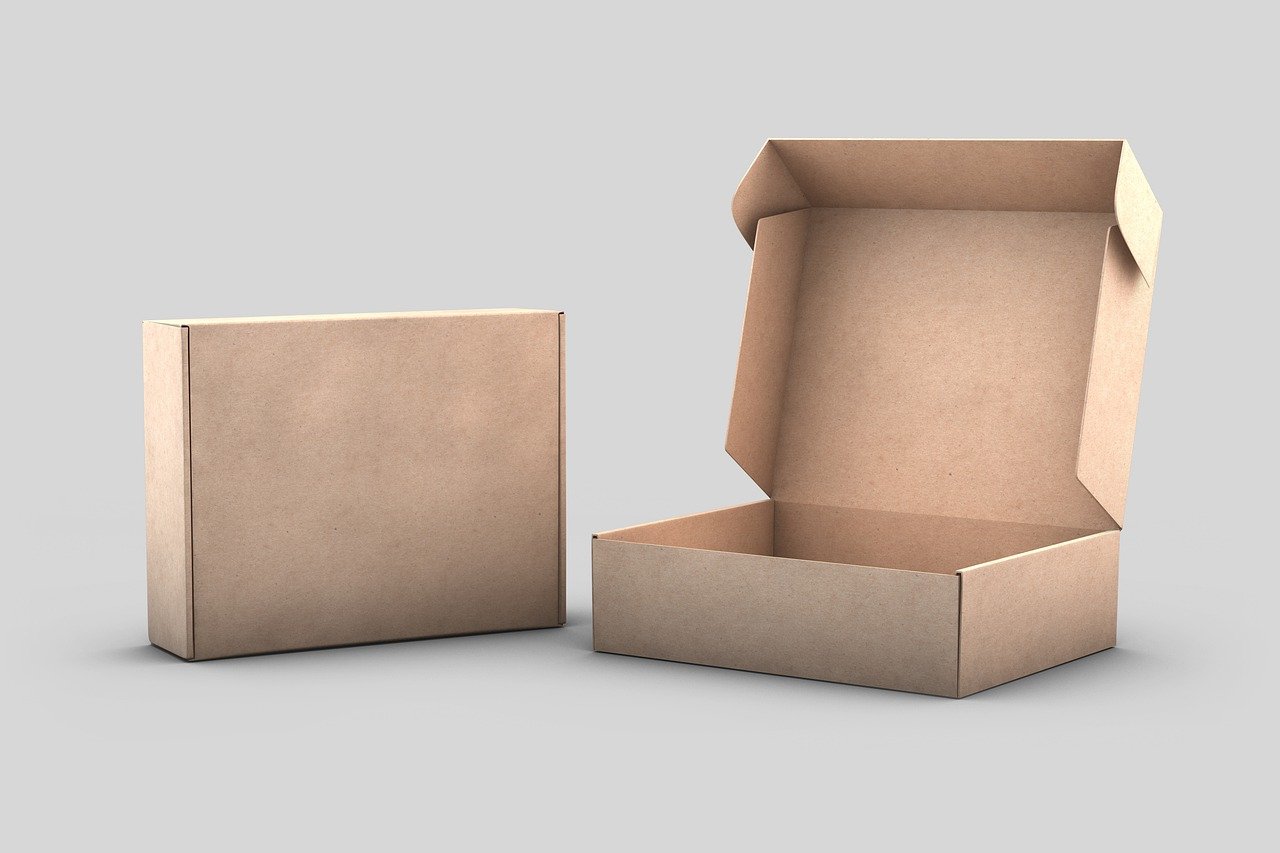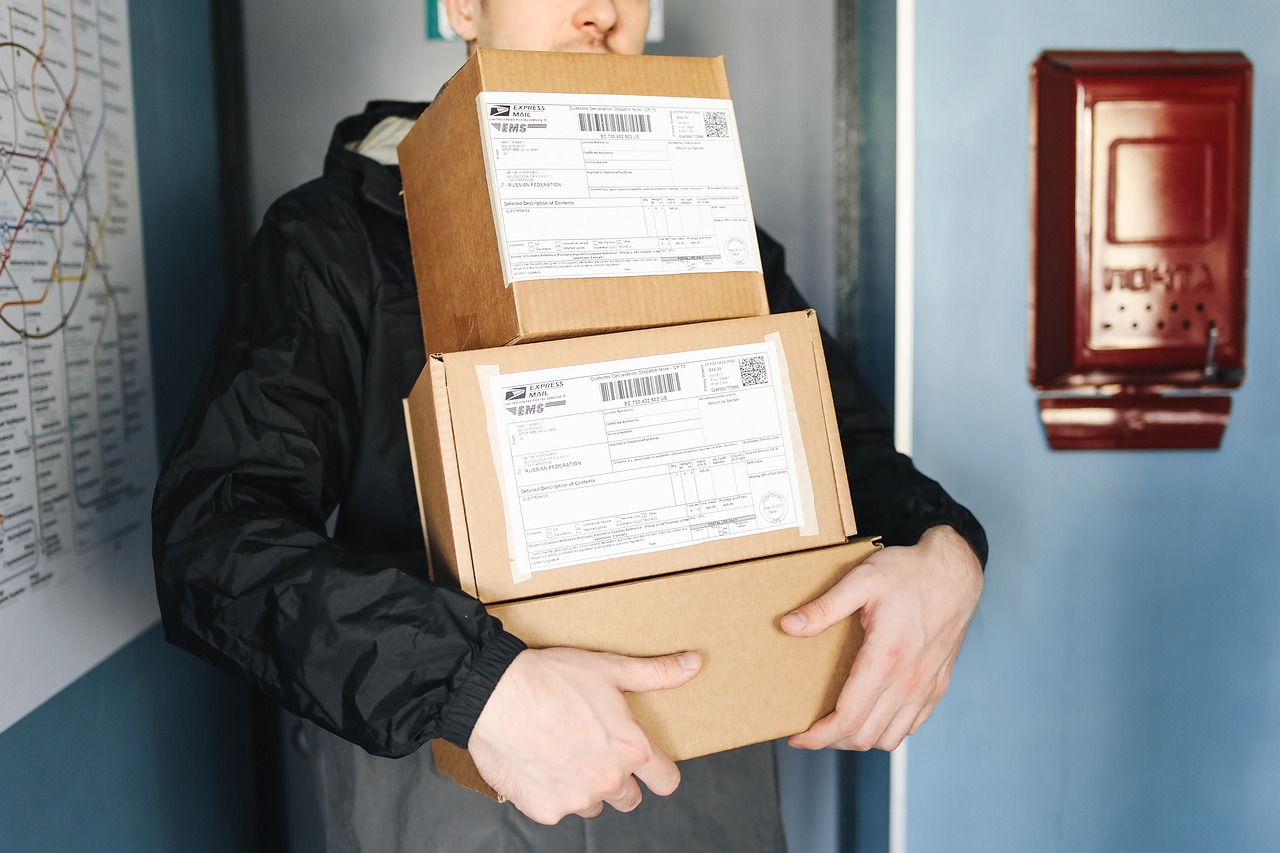
In the contemporary competitive marketplace, businesses are increasingly realizing the importance of efficient packaging solutions. These solutions lead to enhanced operational efficiency but an important aspect of reduction in costs associated with most aspects of the supply chain and saving sizable amounts that make customers happy and sustainable.
What Are Efficient Packaging Solutions?
Efficient packaging encompasses many practices that lead to a reduction in material consumption, successful minimization of waste, and streamlined packing operations. These practices include proper material selection, designing packages that fit the product tightly, and minimizing human interventions as much as possible. The benefits of efficient packaging go far beyond cost savings; they help protect products more effectively, build a stronger brand image, and enhance customer retention.
Meet the Andex team, a dedicated group of experts who are committed to ensuring your packaging needs are met with precision and efficiency. Their knowledge and innovative solutions make a significant impact on the industry, driving improvements in packaging sustainability and product protection.

Image by Mediamodifier from Pixabay
Important Benefits of Efficient Packaging
- Cost Saving: The most immediate benefit of efficient packaging is saving on the cost of material and transportation. Lighter and smaller packages will save you the actual cost of the material used; simultaneously, shipping cost decreases because of lower weight and volume.
- Increased Space Usage: The efficient packaging of products will increase the usage of warehouse space. Optimizing the design of packages and other product requirements enables companies to store their products in fewer warehouses thus incurring minimal storage costs, having proper inventory management, and so on. This is one of the major concerns of companies that mainly deal with very limited spaces. Again, when inventory turnover rates are high, the companies have to improve their space utilization significantly.
- Higher Production Efficiency: Packaging automation can significantly increase production efficiency. Automating the packaging process reduces the amount of manual labor required, decreases human error, and speeds up the packing time. Besides increased output, employees will have much more valuable work to do.
- Waste Reduction: Right-sized packaging minimizes the volume of unnecessary material in any given package. Such packaging fits the product almost perfectly, eliminating void space offending culprit that often incurs padding or cushioning material.
- Sustainability Benefits: This is because the company will attract more eco-conscious customers who care about sustainability. This way, using biodegradable materials or recyclable packaging materials reduces environmental impact, and it may reduce costs in the long term.
- Customer satisfaction increased: Products get properly protected during delivery through good design. Direct damages and return casualties are reduced with good packaging. Customer satisfaction and loyalty are crucial for maintaining a successful business in the long run.
Installation of Effective Packaging Solutions
To achieve the benefits brought about by efficient packaging, it is required to have the tactics in place. In doing so, these encompass:
- Right-Sizing Packaging: An optimal size of packaging can be achieved through the formulation of package dimensions to match the given requirements for the product. This leads to a reduction in material use and subsequently the shipment cost. Standardization of packaging sizes of comparable products will lead to the eradication of cumbersome procedures and make inventories easy to manage.
- Material choice: Lightweight, robust materials can significantly change the aspect of costs or environmental sustainability. Recycled paper or biodegradable plastics can serve as alternatives to the conventional while not compromising the quality of the product.
- Innovative design: Advanced design techniques can maximize space usage and better protect the product. Packages with ergonomically designed purposes enhance handling, yet become more attractive to users.
- Streamlined Supply Chain Logistics: Supplier collaboration in the optimization of transportation logistics ensures cost savings for the shipment and handling of goods. JIT inventory management reduces items kept in stock, hence reducing storage costs.
- Life Cycle Assessment: A good life cycle assessment of packaging materials expedites the identification of the sustainability and cost-effectiveness aspects that require improvement. This process of ongoing evaluation and adaptation of strategies to changing market conditions and consumer preferences is useful in the business world.

Image by romeosessions from Pixabay
Case Studies of Cost Cutting
Many firms have saved money by implementing efficient packaging systems. Examples of such companies include:
- A food company reduced its packaging material to a mere 80% using size-right cartons without compromising on the safety of products during transportation.
- An online retailer was able to increase its order fulfillment speed by 30% with automated packaging systems, reducing labor cost savings while keeping and even increasing customer satisfaction through speedy deliveries.
- A cosmetics company launched eco-friendly packaging from recyclable materials. Not only did it satisfy the environmentalists, who wanted to save nature, but also ensured a decrease of 15% in their overall packaging cost.
Conclusion
This compels companies seeking cost-saving and operating efficiency to look for the most effective packaging solutions such as pallet racking for warehouse storage systems or advanced shelving units. Savings can be mainly sourced in the bottom line of a firm through right-sizing packages, usage of recycled sustainable materials, automation of processes, and optimization of supply chain logistics.
Investing in effective packaging will not just enhance profitability but also fuel brand loyalty through changing consumer expectations of sustainability and quality. In an increasingly competitive marketplace, the adoption of such new practices shall ensure that a business stays flexible, responsive, and successful while taking advantage of the vagaries of a modern supply chain to adapt to customer demands.
